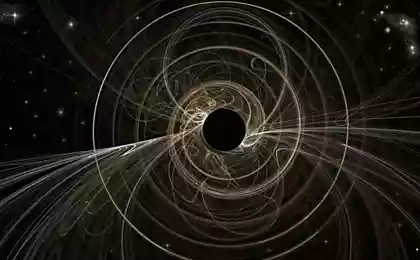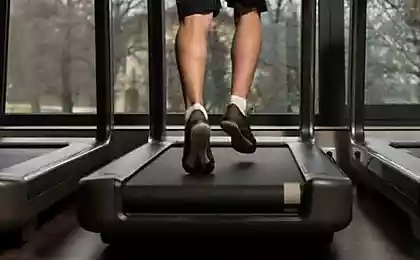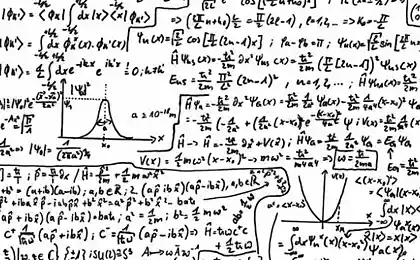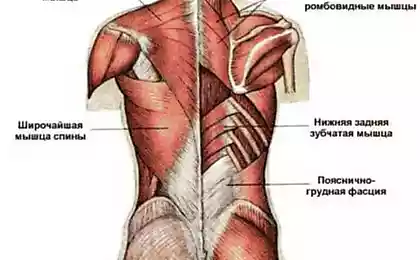Physicists of the incline of the treadmill
Is running on an inclined treadmill and running in the mountains of the same from the physical point of view? That's what scientists say about it.
"You can not achieve anything really worthwhile, is not attached to this effort." - Teddy Roosevelt a > (Teddy Roosevelt) blockquote> One of the most popular exercises in the gym is the treadmill. And why not? Jogging or you go - it's a great way to load the cardiovascular system, make your body move, and for many people it is - a great way to lose weight.
60,781,630
Regardless of what you do: walking, jogging or running, you can do one thing that will make your workout much more intense - tilt track!
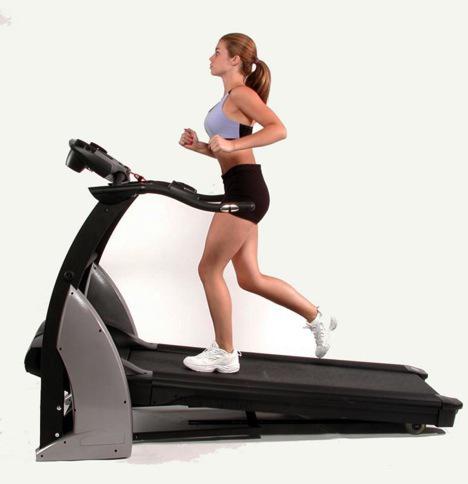
If you run / walk outdoors, you might wonder whether the rise of classes and on the plane are equivalent to or between them there is a fundamental difference. From the point of view of physiology there is a large number of differences between walking uphill and on the plane, but what they say about it physics ?

To set a solid base our arguments on the subject, let's start with the basic concepts: if you are on a flat surface at ground level (or treadmill), you remain at the same level in the gravitational field. With your every move, gravity pulls you towards the center of the Earth, and as your feet should have on the earth are equal in magnitude and opposite in direction to gravity effects to keep you from falling [ is the so-called normal reaction of support i> - approx. pens.], you do not move up or down; you only move horizontally or perpendicular to gravity.
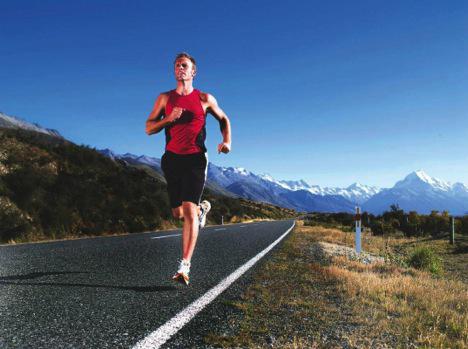
In physical terms, this means that you are not doing any work. Of course, you are training hard, but until you move perpendicular to i> force - in this case, the force of gravity - you do not perform any mechanical work .
But if you go up the uphill , you do not just go straight, but no matter what your pace, you should - gradually, with each step - go beyond the Earth's gravitational field [ that is to overcome the force of gravity i> - approx. pens.].
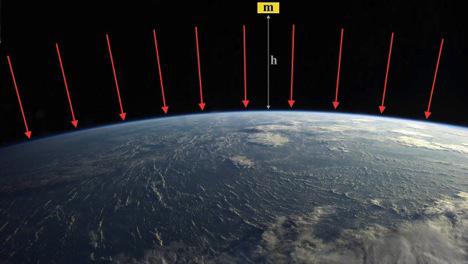
The gravitational field of the Earth is not lazy. I> My weight is 85 kilograms and I climb to a height of 5 meters worth 4,200 joules of energy or a calorie [ E = m * g * h = 85 * 9.8 * 5 * 85 ~ 50 ~ 4200 ~ 1 to. i> - approx. pens.].
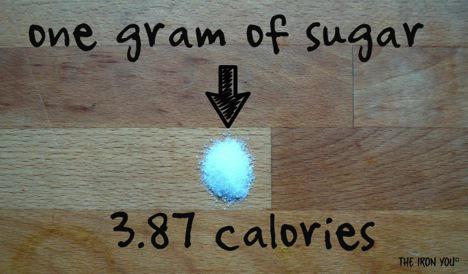
In fact, if I take a height of 5 meters, it will burn a lot more calories one. Why? To this there are two of the most powerful reasons:
My body - not the ideal engine. This means that to spend 4200 J, I need to get about three times more calories from food. When you do, then stops, your body does not know that you can immediately reduce heart rate [ it is called the inertia of the body i> - approx. pens.]. So 60 minute walk uphill will increase my metabolic rate for longer than one hour. I> Oh yeah, about the power of exercise [ of power in the physical sense i > - approx. pens.]. I'm not a physiologist, and reason only from the point of view of physics. So, if we take the amount of extra energy , which you need to spend on the rise, what can we say about the power of exercise?
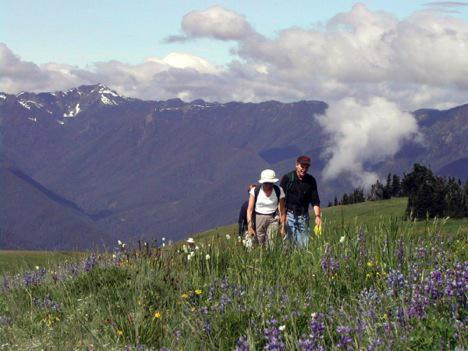
We make the auxiliary table. We will write to table distance traveled and the angle at which you are going, and see how much you will make more work.
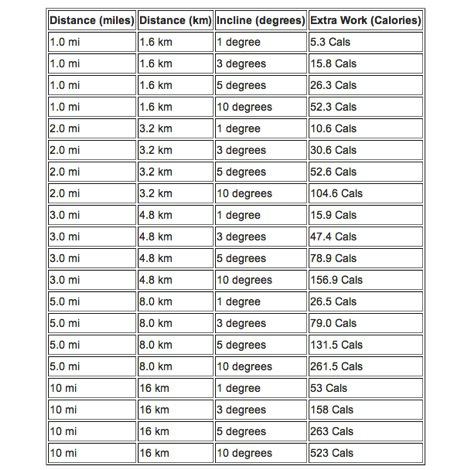
This table is for a person weighing 80 kg that is a little smaller than me. Impressive, is not it?
We talked about the rise of the hill, but how about the treadmill? Do difference between classes on an inclined treadmill and walking on normal grief? Think about it. On the one hand, when you are on the track, you do not go up in a gravitational field, and in this sense there is little difference. But in fact, the difference between a few hundred (or even a few thousands i>) meters in the sense of the force of gravity on your body is not very large [ This is obvious when we remember закон universal gravitation and the radius of the Earth i> - approx. pens.].
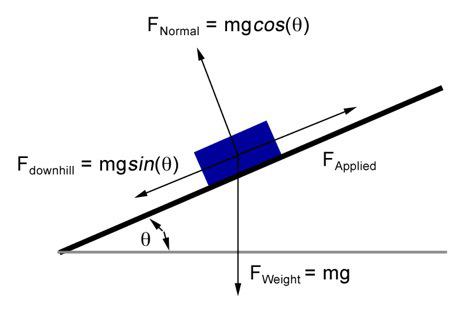
In both cases, you need to make part i> your forces in a direction opposite to the gravity of the earth, to walk on the surface - this means that you must perform work against the force gravity!
The only difference between the incline and direct mountain path lies in the fact that if you stop during the ascent of the mountain, you really stop, while on the track you will be demolished down.

And in fact there is no difference in how the web is moving treadmill or rest: if you put the effort , to climb on it, then with every step you'll need to do the work. All other factors - including the speed of the track, the tape direction and lift height - have no value on принципу Einstein equivalence . So, there is no difference between climbing a mountain and employment on an inclined treadmill: in both cases, you make the same physical work i>!
If only I could explain the motion of Roger Gee ( Roger G ) in the video of Michael Jackson "Bad" ... But that's another story.
Source: habrahabr.ru/company/fabernovel/blog/221953/












